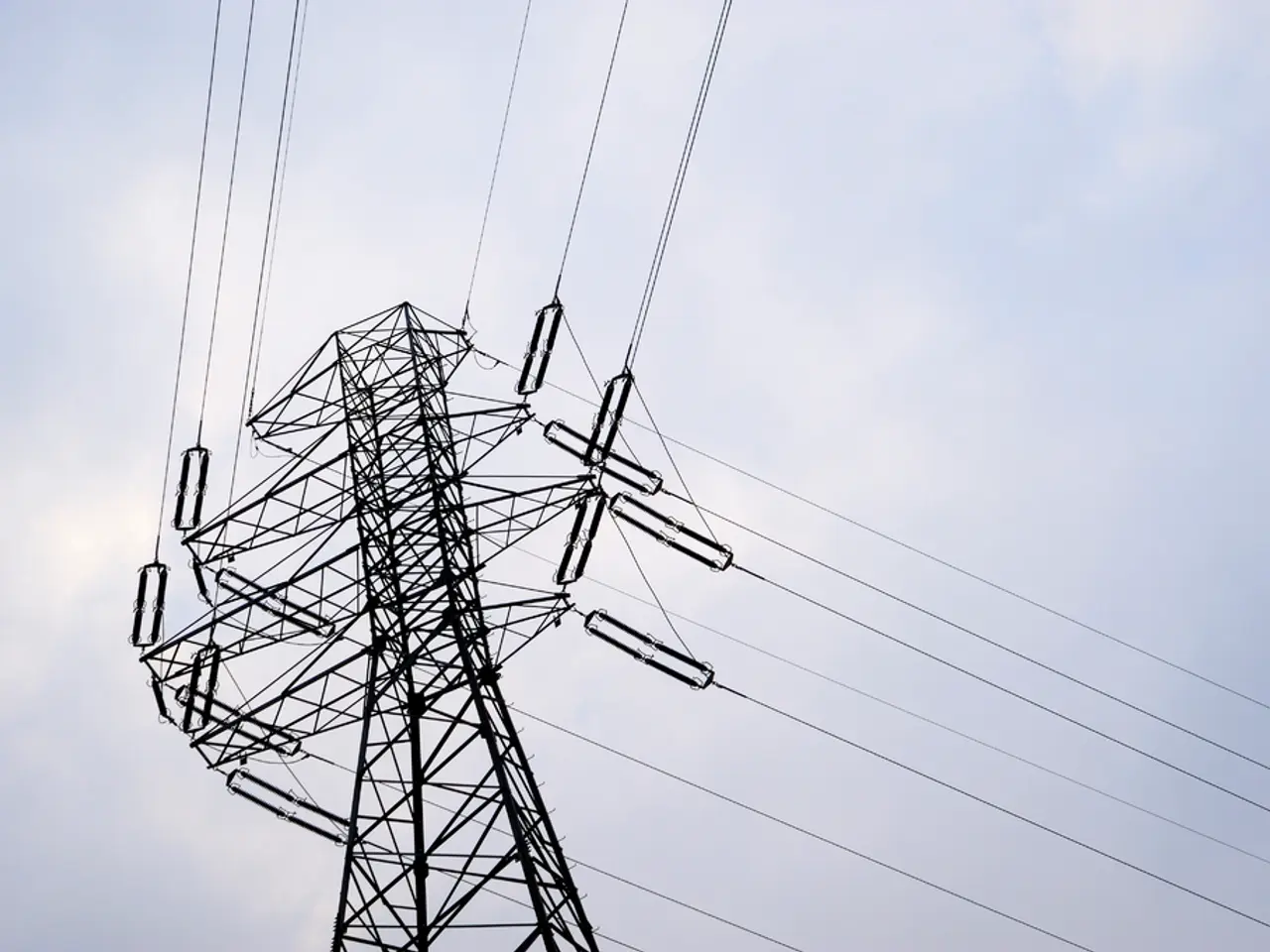Verizon Overcomes Remaining Signal Deserts Using Satellites, Aided by Test Man and Buzz Aldrin
In a significant move towards enhancing cellular connectivity, Verizon, one of the leading telecommunications companies, has partnered with AST SpaceMobile to provide direct-to-cellular satellite service in the United States. This collaboration aims to eliminate dead zones and extend connectivity to remote areas via space-based broadband.
Verizon's focus has always been on providing the most reliable network experience for its customers. With its network already covering more than 99% of where people live, work, and play, the company is now looking to improve its robust network further with the addition of satellite backup.
The partnership with AST SpaceMobile, which has secured critical spectrum and regulatory clearances for rolling out this technology in the U.S., is a significant step towards this goal. Verizon has made a $100 million commitment towards AST SpaceMobile’s satellite direct-to-cellular service, reflecting its determination to bring direct-to-cellular satellite broadband service to U.S. customers in the near future.
AST SpaceMobile is preparing for a 2025 network launch that will enable unmodified smartphones to access broadband directly from satellites, a major disruption to traditional terrestrial networks. This service leverages premium mid-band spectrum, including recent regulatory approvals such as the FCC Special Temporary Authority for public safety trials on Band 14.
In addition, AST SpaceMobile is investing heavily in acquiring spectrum assets, such as a $550 million payment to Ligado for L-band spectrum over North America. This combined spectrum from Verizon, AT&T, and AST SpaceMobile is expected to support broadband speeds up to 120 Mbps for satellite-connected smartphones.
Verizon is also partnering with Skylo to offer satellite messaging features to customers with select Android devices. The company is also using satellite-based portable network assets to ensure connectivity for first responders and in areas with limited permanent infrastructure.
Notably, Buzz Aldrin, a general USAF and doctor of Astronautics, has partnered with Verizon, stating that space is now closer than ever, and satellites are visible in the sky. Paul Marcarelli, the original Verizon test man, has also confirmed that dead zones are now rare in most places.
The collaboration between Verizon and AST SpaceMobile is not just about expanding coverage. It's about the convergence of satellite and terrestrial telecommunications, transforming the way we connect and power customers in everyday life. Satellites are now being used not just in space exploration but also in connecting and powering customers, particularly in remote areas where traditional terrestrial networks fall short.
With satellites providing emergency SOS messaging capabilities in areas without cellular coverage and satellite connections being set up quickly compared to laying fiber, they are a useful solution for rapid deployment while waiting for a more robust and high-capacity connection.
In conclusion, Verizon's partnership with AST SpaceMobile is a significant stride in the telecommunications industry, aiming to ensure that its customers stay connected anywhere in the continental United States. The collaboration is expected to bring direct-to-cellular satellite broadband service to U.S. customers in the near future, complementing Verizon’s existing terrestrial network infrastructure.
Verizon's partnership with AST SpaceMobile, with its focus on satellite telecommunications, demonstrates a broader mission to combine satellite and terrestrial networks, revolutionizing how customers are connected and powered, especially in remote areas with limited terrestrial network coverage.
This collaboration, encompassing both satellite backup and direct-to-cellular satellite broadband service, further reinforces Verizon's commitment to science, space-and-astronomy, and technology, aiming to ensure continuous connectivity for its customers across the United States.




